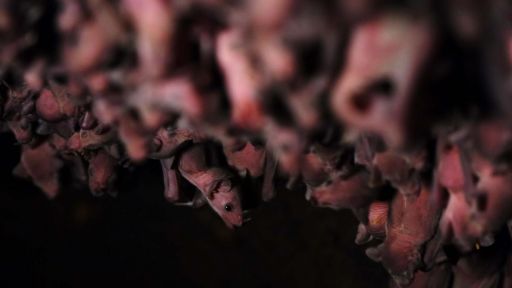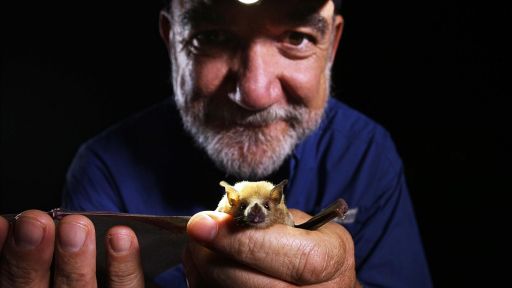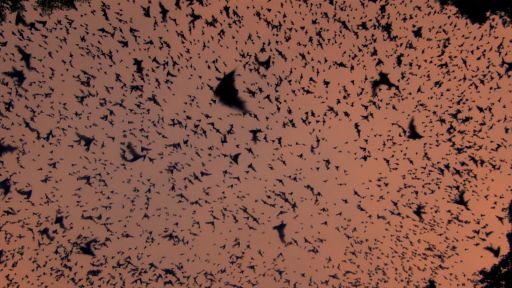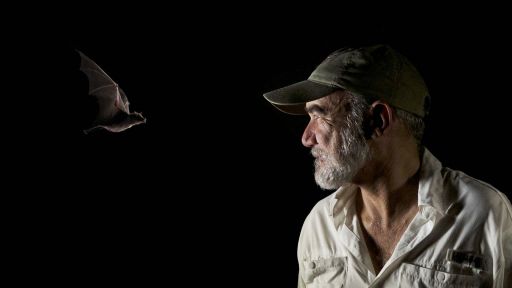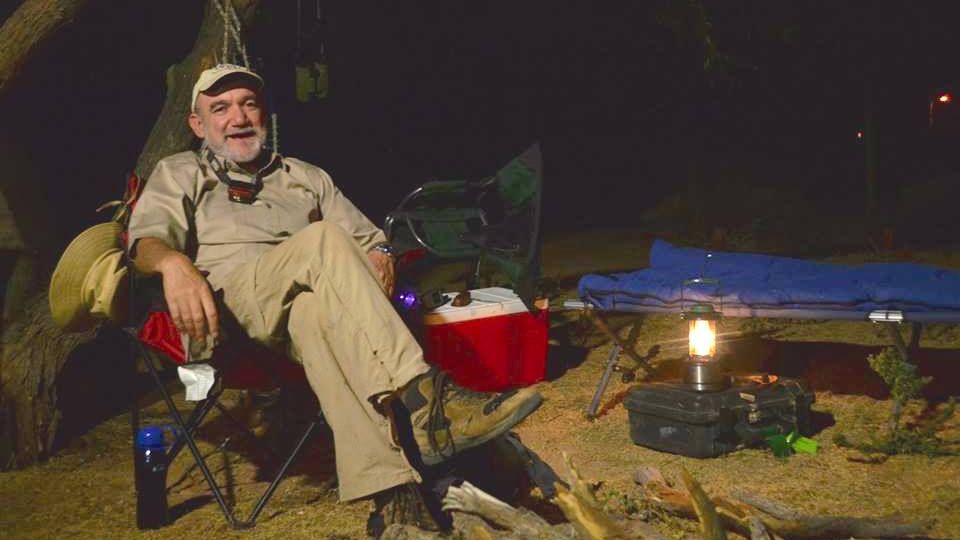
NATURE’s new film “The Bat Man of Mexico” follows the journey of ecologist Rodrigo Medellin as he tracks the lesser long-nosed bat’s epic migration across Mexico. Since Medellin first kept bats in his bathroom as a child, he has dedicated his life to saving them. Now Mexico’s most famous export, tequila, is at stake. Medellin’s beloved lesser long-nosed bat is crucial to the liquor – it pollinates the plants the drink is made from. Medellin devises innovative methods to conserve Mexico’s bat population, shown throughout the film.
Medellin answered NATURE’s questions about his experience with the film and the future of bat conservation.
NATURE’s “The Bat Man of Mexico” premieres on Wednesday, June 30, 2021, at 8 p.m. on PBS.
What is the current status of the lesser long-nosed bat?
The lesser long-nosed bat has been delisted as of 2013 from the Mexican Federal list of Endangered Species and is also out of danger in the IUCN International Union for the Conservation of Nature (IUCN) red list. The U.S. also delisted it in 2017. This is great news!
What was your favorite part of filming? What was the most surprising thing you learned while filming?
My favorite part is anytime I am already in the field on location or prepping for filming but already in the film. Even when I wait for the film crew to be ready, I enjoy those quiet moments (for me!) and enjoy immersing myself in nature. The most surprising thing I learned is how careful the BBC is about filming things under natural conditions and minimizing stressful conditions as much as possible for the animals involved.
What are some common misconceptions people have about bats?
Often, people believe bats are the devil´s envoys, or evil themselves, or filthy, or disease-ridden vermin. Nothing farther from the truth! Bats are not only our friends, but lots of ecosystems, including our agricultural systems, rely on bats for their proper function.
How many tequila and mezcal brands are now considered “bat-friendly?” What’s the requirement for that label?
We have seven brands of tequila and three brands of mezcal that are currently recognized as bat-friendly. All they need to do is to allow only 5% of their agave plants to flower, let the bats come and pollinate, and use the resulting seeds to replant their fields. We check these requirements every year.
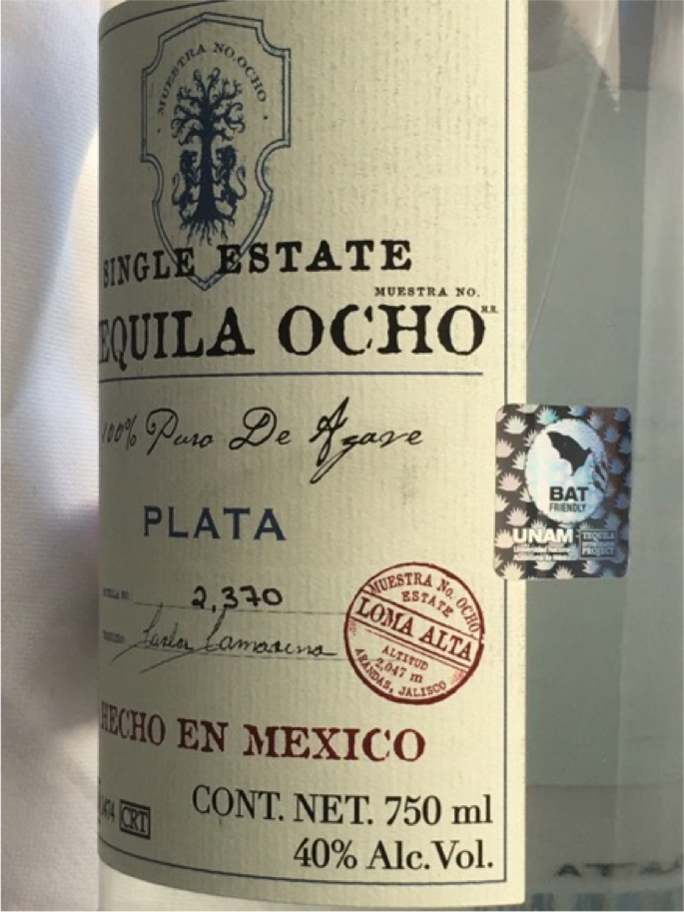
Botella tequila with a bat-friendly label.
Any major updates or findings in your research since the film?
Absolutely! We have shown that lactating females can fly up to 100 kilometers (about 62 miles) one way from their roost to their foraging grounds, feed while flying, and fly the 100 km back to the roost to suckle their babies. All of this is fueled basically by sugar water.
We have also learned that these bats don’t like to share their cactus but do share their agave flowers. We are in the process of learning why.
Finally, we are learning about their migration, but the fact that they can travel well over 1000 km (about 621 miles) is still mindblowing. We need to follow them in detail to understand the paths, the stepping stones, and the foraging grounds they use
What’s next in terms of your bat research?
Next year we will equip a few bats with a satellite-capable GPS device. That will be the final step in understanding the timing, the scale, the geography, and the physiological needs along with their migration. I am so excited!

